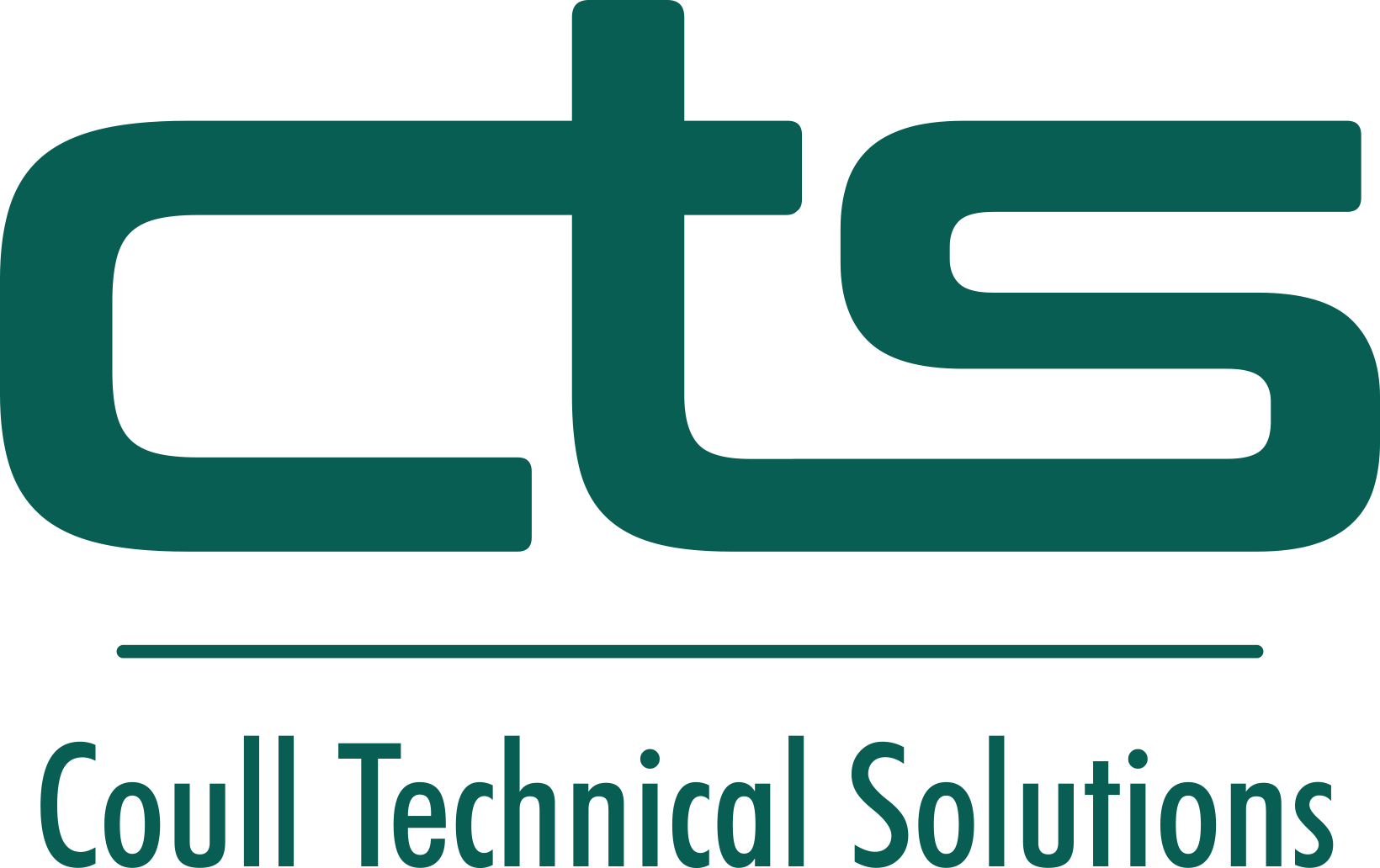Background:
Piedmont Division is a local division of the National Model Railway Association based in Atlanta, Georgia. Their primary goal was to replace a series of outdated Drupal-based websites that had been online since the early 2000s. The Division aimed to create engaging sites for their 500-person membership while also providing information and content to the broader community.
Requirements:
- Development of three interconnected sites, where user-generated content on the main site automatically populated content on the satellite sites.
- Seamless integration of a monthly member roster, supplied by the parent organization, to ensure accurate and up-to-date information.
- Administrative tools, allowing different stakeholders to easily update portions of the site pertaining to their areas of responsibility.
- Easy editing capabilities for stakeholders with no HTML experience, requiring minimal training.
- Implementation of contact forms to facilitate communication.
- Custom events that would populate carousels based on category and date.
- Inclusion of a membership forum to foster community interaction.
- Member-driven documentation of their model train layouts, enabling content sharing among members and the public.
- Implementation of granular user permission levels, allowing different roles to have distinct editing permissions for various post types.
- Reliable automatic backups to ensure data safety.
- Monitoring services to track uptime and promptly address any issues.
Implementation:
To meet the project’s requirements, I selected WordPress as the content management system and utilized Elementor as the primary page builder. Elementor proved invaluable as it empowered the client to independently edit significant portions of the site’s content through its user-friendly drag-and-drop editor. Additionally, Elementor allowed us to restrict specific user roles to content editing rather than overall design, catering to users without technical backgrounds.
The sites were constructed using a WordPress multi-site network, meaning that all site files resided within the same root directory and shared the same database. This approach facilitated simultaneous maintenance and updates across the entire network. Furthermore, data sharing and syncing between sites became seamless as updates only needed to be made on a separate table within the same database, eliminating the need for data exchange between independent sites.
Development spanned one year and involved extensive revisions, documentation, and training. Ongoing site revisions are conducted based on user feedback and to enhance member engagement continually.
Challenges:
The project presented challenges due to its extensive scope and level of customization for a single developer. While WordPress is well-documented and has a large developer community, multi-site networks are less common, and some features required unique solutions.
Automatic WordPress backups and restoration features provided by most hosting providers are typically incompatible with multi-site networks. While automatic backups were possible for the network, manual intervention was necessary for restoration. However, I extensively documented the restoration process for future reference and client guidance.
By maintaining consistent communication with my client, I was able to establish trust and engage in open discussions regarding their feature wishlist, technical requirements, and scope management, effectively mitigating potential scope creep.

